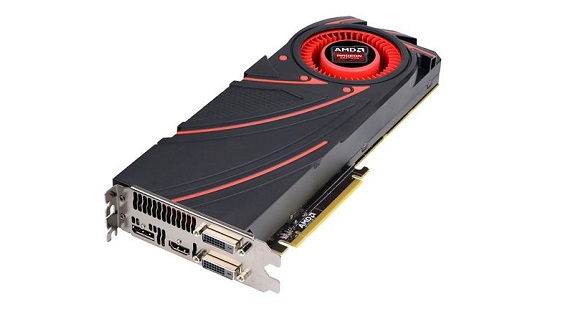Radeon R9 290

The Radeon R9 290 model is not much different from the top-end R9 290X, as it is based on the same Hawaii GPU of the Graphics Core Next architecture. In this GPU, the number of execution units has been increased while keeping the power consumption of solutions within acceptable limits. The main task in developing a new GPU for AMD was to increase its energy efficiency, which was achieved, as we saw in the corresponding review.
The younger R9 290 received a chip with 40 active Compute Units containing 2560 stream processors and 160 texture units. But the number of ROP blocks was not cut, there are 64 of them left. The same applies to the memory bus, it remains 512-bit, consisting of eight 64-bit controllers.
It is clear that the new solution supports all the company's technologies, including ZeroCore, updated PowerTune, Eyefinity, etc., etc. The R9 290 simply costs less than the top-end R9 290X and provides an even better performance-price ratio, since it is not much inferior in terms of speed, but has a significantly lower price.
Specifications Radeon Radeon R9 290
| Name | Radeon R9 290X |
| Core | Hawaii |
| Process technology (µm) | 0.028 |
| Transistors (million) | 6200 |
| Core frequency | 947 |
| Memory frequency (DDR) | 5000 |
| Bus and memory type | GDDR5 512-bit |
| Bandwidth (Gb/s) | 320 |
| Unified shader blocks | 2560 |
| Frequency of unified shader units | 947 |
| TMU per conveyor | 160 |
| ROP | 64 |
| Fill Rate (Mpix/s) | 60600 |
| Fill Rate (Mtex/s) | 152400 |
| DirectX | 11.2 |
| Memory | 4096 |
| Interface | PCI-E 3.0 x16 |
Compared to its predecessor Radeon HD 7950, the performance of Hawaii in the face of the Radeon R9 290 will increase by about 40-60%.



